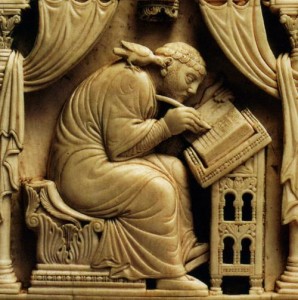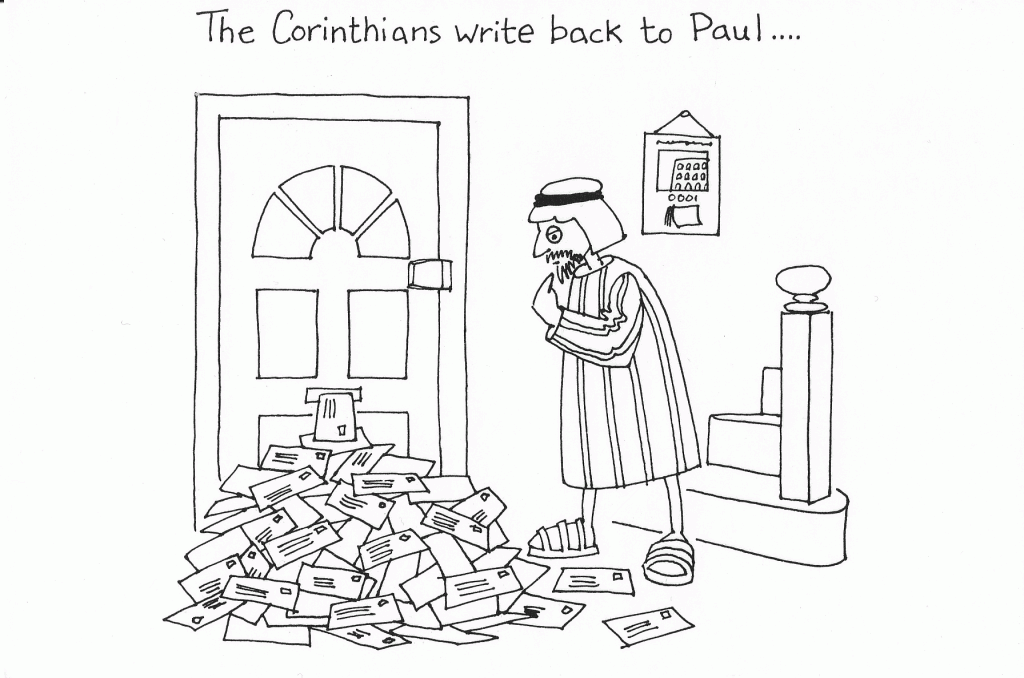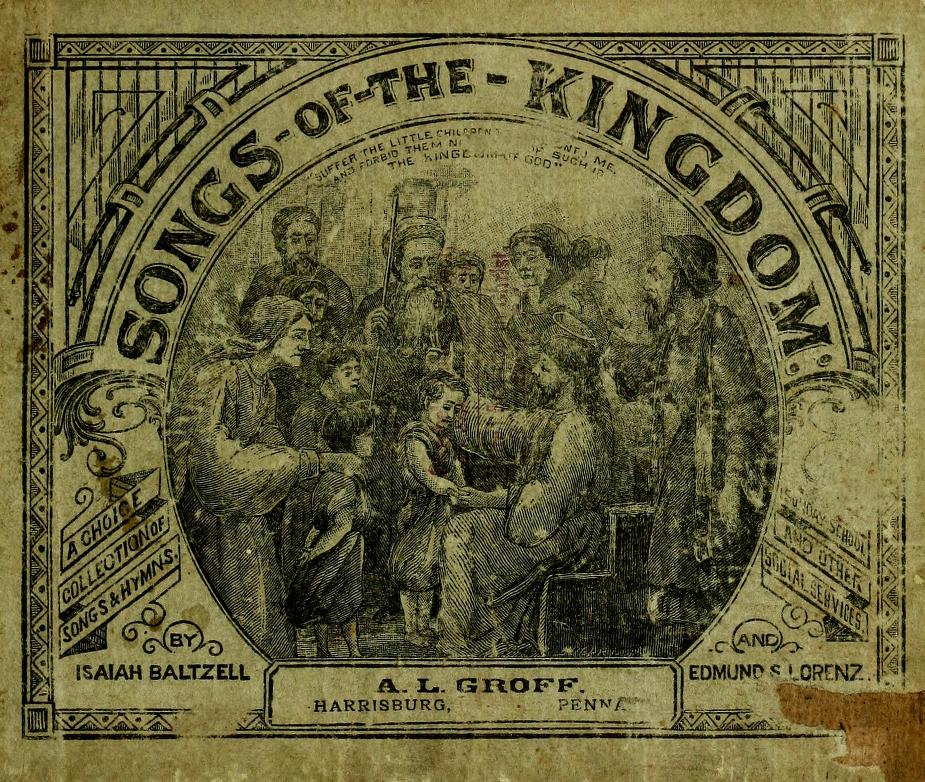Be it a job or a vocation, sometimes even holy people complain–especially when the hours are long and the work is tedious.
Here’s a collection of complaints and comments written by monks in the margins of medieval illuminated manuscripts. They’re presented by Maria Popova on her site Brain Pickings.
Click here to open in another window and read gems such as:
“New parchment, bad ink; I say nothing more.”
“Oh, my hand.”
“As the horbor is welcome to the sailor, so is the last line to the scribe.” and
“While I wrote I froze, and what I could not write by the beams of the sun I finished by candlelight.”
And while we’re thinking about scribes, scholars, and manuscripts, I am reminded of a work written in Old Irish by a 9th century monk. You can see the page on which Pangur Bán was originally written at the bottom of this post.
The scholar and his cat, Pangur Bán
(from the Irish by Robin Flower)
I and Pangur Bán my cat,
‘Tis a like task we are at:
Hunting mice is his delight,
Hunting words I sit all night.
Better far than praise of men
‘Tis to sit with book and pen;
Pangur bears me no ill-will,
He too plies his simple skill.
‘Tis a merry task to see
At our tasks how glad are we,
When at home we sit and find
Entertainment to our mind.
Oftentimes a mouse will stray
In the hero Pangur’s way;
Oftentimes my keen thought set
Takes a meaning in its net.
‘Gainst the wall he sets his eye
Full and fierce and sharp and sly;
‘Gainst the wall of knowledge I
All my little wisdom try.
When a mouse darts from its den,
O how glad is Pangur then!
O what gladness do I prove
When I solve the doubts I love!
So in peace our task we ply,
Pangur Ban, my cat, and I;
In our arts we find our bliss,
I have mine and he has his.
Practice every day has made
Pangur perfect in his trade;
I get wisdom day and night
Turning darkness into light.









